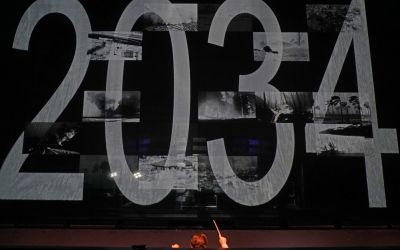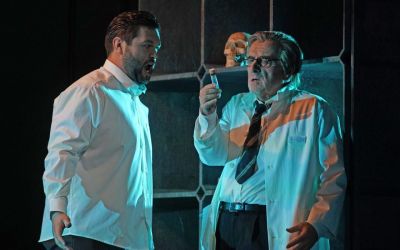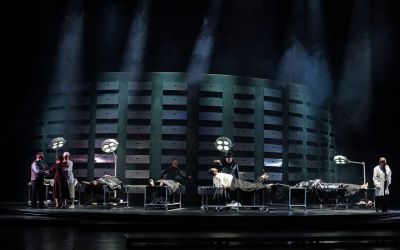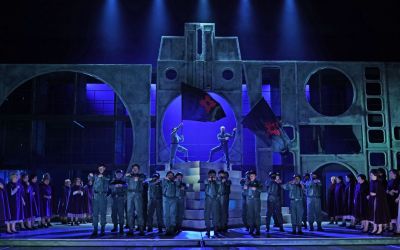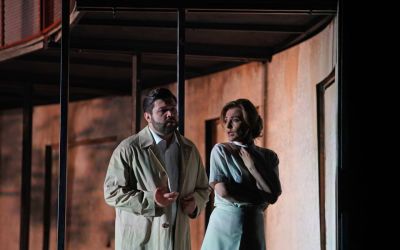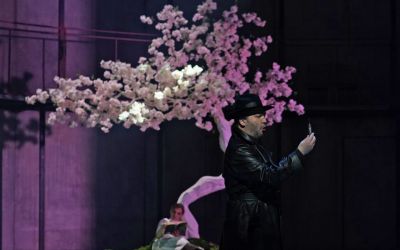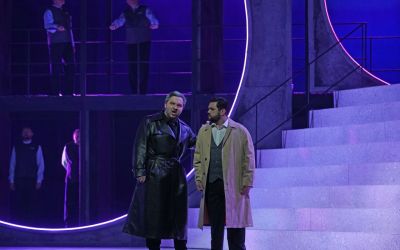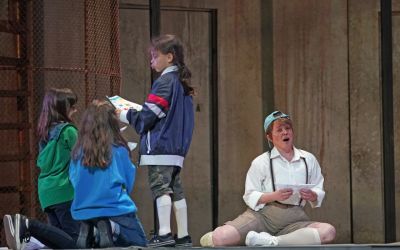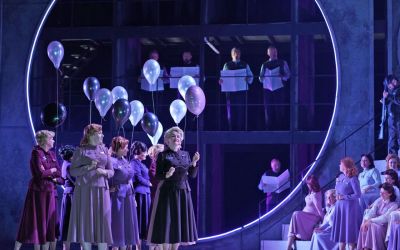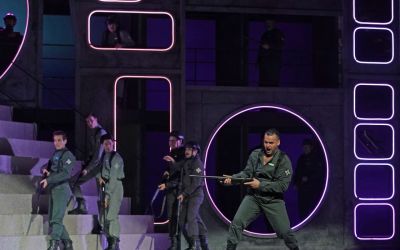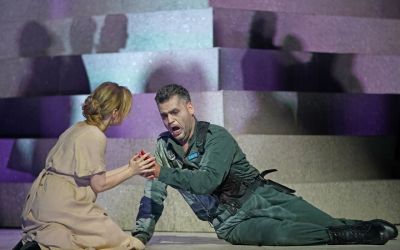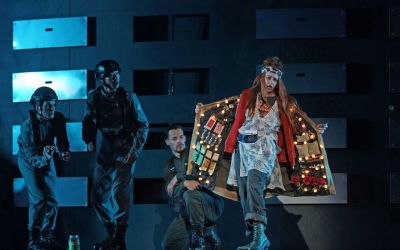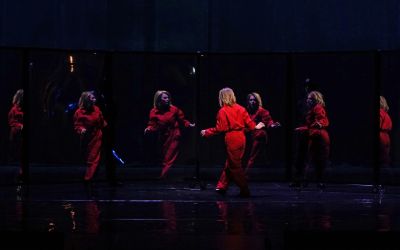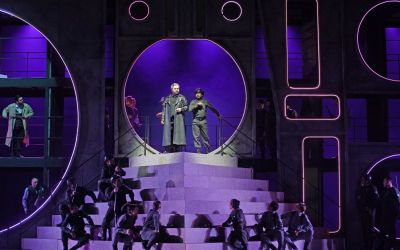Performance
Menu left
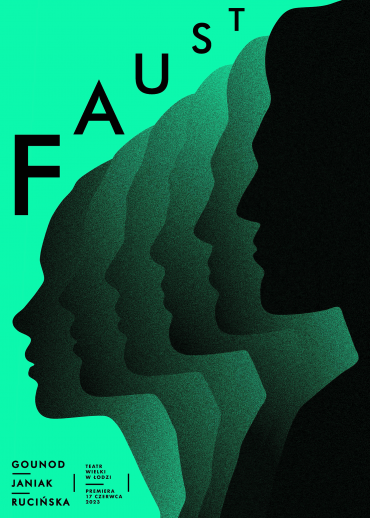
Dates:
FAUST
Opera
Composer:
Charles Gounod
Author of the libretto:
Jules Barbier and Michael Carré, based on Johann Wolfgang von Goethe
Date of the premiere:
17.06.2023
Duration:
3 h 20 min (2 intermissions)
Producers:
Musical direction:
Rafał Janiak
Direction:
Ewa Rucińska
Set design:
Agata Skwarczyńska
Costumes:
Arek Ślesiński
Choreography:
Aleksandra Osowicz
Lighting design:
Paulina Góral
Multimedia:
Artur Sienicki
Music collaboration:
Michał Kocimski
Choir preparation:
Maciej Salski / Rafał Wiecha
Assistant directors:
Waldemar Stańczuk, Adam Grabarczyk
Poster design:
Justyna Czerniakowska
Stage manager:
Karolina Filus, Eliza Wacławik
Opera in five acts. The performance is presented in French with Polish subtitles.
Opera "Faust" is a tale full of magic and metaphysics for adults, where the existential dilemma of the main character is presented against the backdrop of a narrative about society during wartime, which, despite historical circumstances, still wants to play, love, and seek support and ethical guidance in simple interpretations of folk morality and religious dogmas. Our interpretation of "Faust" is based on the ambition to weave a fairy tale and a Faustian myth tailored to our times. We propose a journey into the world of dystopia, a world of futuristic fantasy about the society of the future - a convention that is fairy-tale-like, yet through its bitter social observation, intended for adult viewers. Based on observation of the contemporary world: ongoing wars beyond our borders, climate crises, the advancing remilitarization of societies, and their polarization, we weave a story about a new order, the society of the late 2030s, which, after experiencing the devastation of armed military conflicts, unites in strictly codified, controlled communities and tries to cope, by available means, with the horror of the surrounding world. The main character, Faust, is a doctor - a pathologist dealing with the victims of war, plunged into great doubt about the nature of humanity, the meaning of his own work, overwhelmed by the scale of the catastrophe he sees in the world. The experience of magical transformation and the journey in which he seeks Gretchen is a kind of Voltairean initiatory journey, where the hero discovers truths about the nature of the world during his wanderings. Gretchen, on the other hand, the true heroine of the drama unfolding in the opera, is presented by us in the setting of her garden, which we have made one of the most important symbols of the spectacle. In Gretchen's minimalist garden is perhaps the last tree on Earth - an apple tree - a symbol of temptation by Satan, but also of Gretchen's purity, her natural simplicity, and innocence. After being abandoned by Faust, the naked tree is covered with snow, and in the end...
This is how Ewa Rucińska, the director of the performance, writes about the idea for the opera production. We won't reveal how this story ends. We invite you to the performances, it's worth seeing the new version of "Faust", under the musical direction of Rafał Janiak.
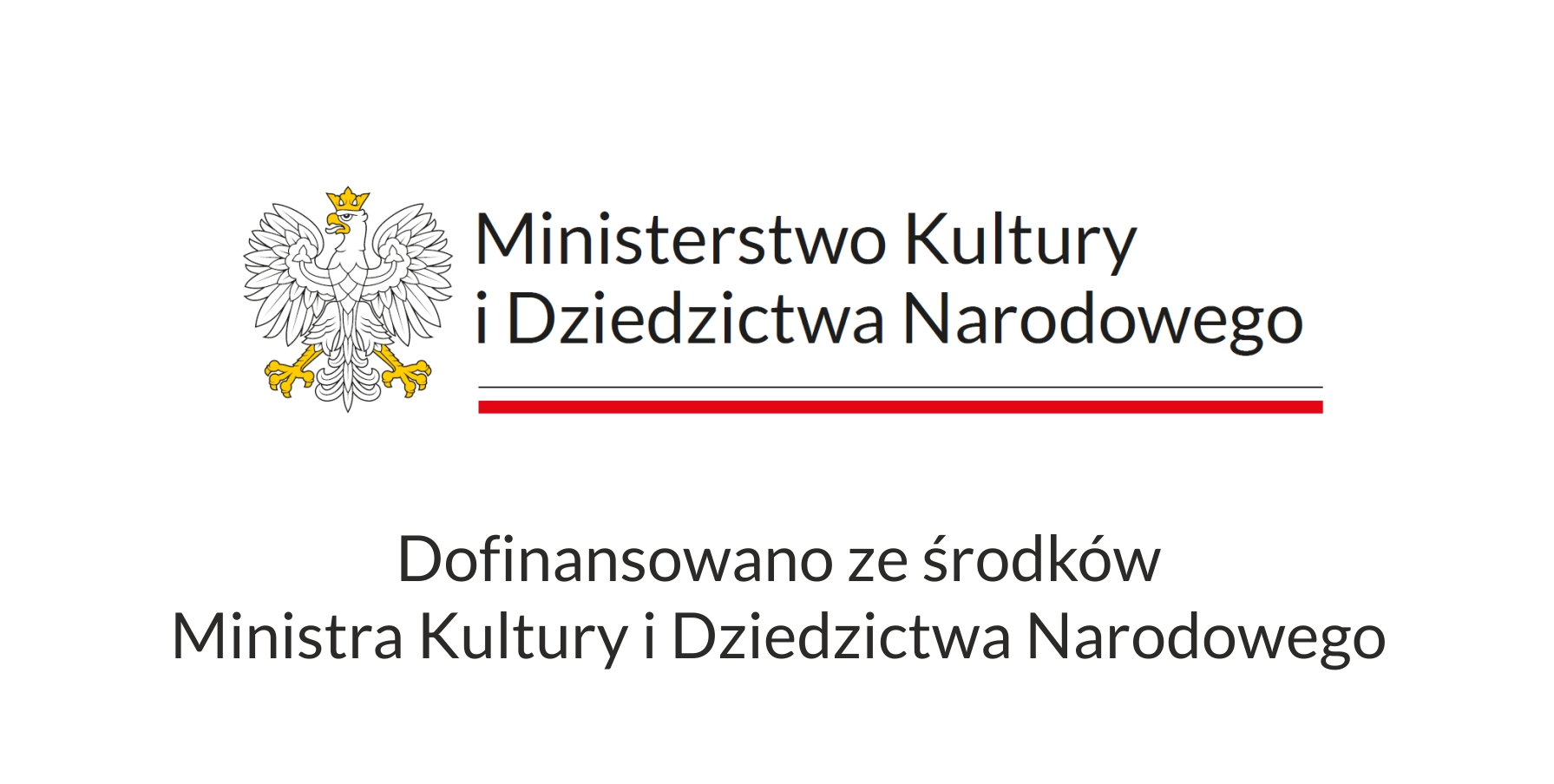
design by fast4net








